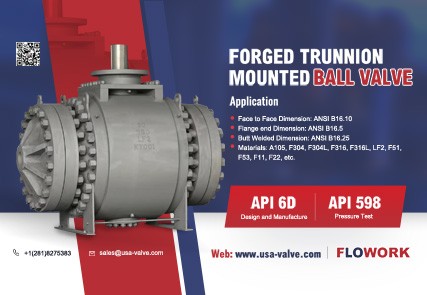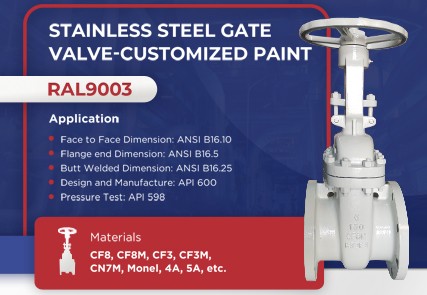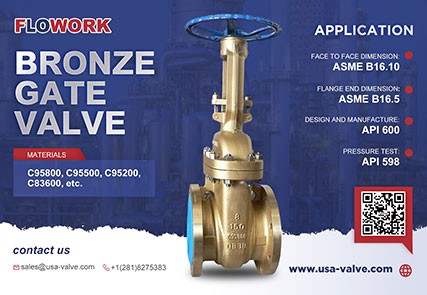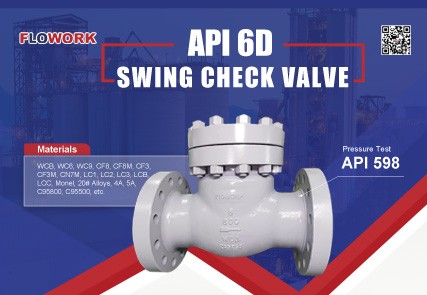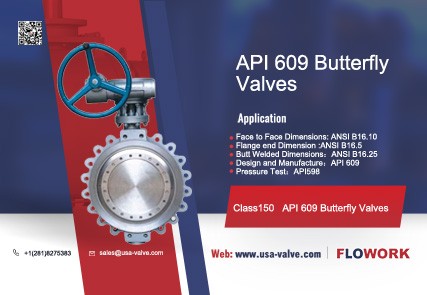The Differences Between Check Valves and Globe Valves
Introduction
Choosing the right valve for industrial systems is crucial. Check valves and globe valves are two common types, each serving distinct purposes. While both control fluid flow, they are designed for different applications. This article will explain their functions, highlight key differences, and guide you on when to use each valve type.
Check Valves

Definition & Function
A check valve is a one-way valve designed to allow fluid to flow in only one direction, automatically preventing backflow. This is essential for protecting systems from reverse flow, which could cause contamination or damage. The valve typically closes when fluid attempts to flow backward, safeguarding equipment and maintaining system integrity.
Common Applications
Check valves are used in a variety of applications where backflow prevention is critical:
- Water Treatment: Prevents contamination of clean water supplies by blocking reverse flow.
- HVAC Systems: Ensures proper flow direction, preventing pump damage.
- Oil & Gas: Prevents backflow in pipelines, protecting equipment and safety.
Globe Valves

Definition & Function
A globe valve is primarily used for flow regulation. Unlike check valves, globe valves are manually operated, allowing precise control over the flow rate. These valves are designed with a plug and seat mechanism to throttle fluid flow, making them ideal for adjusting and maintaining flow in systems where regulation is necessary.
Common Applications
Globe valves are often found in systems where fluid flow needs to be adjusted:
- Flow Control: Regulates flow in cooling and heating systems.
- Water Supply: Controls the flow of water in municipal and industrial systems.
- Industrial Systems: Manages steam and gas flow in power plants and manufacturing processes.
Key Differences Between Check and Globe Valves
Flow Control & Efficiency
The key difference between check and globe valves is their function in flow control. Check valves are designed to allow fluid flow in one direction while preventing backflow automatically. In contrast, globe valves are manually adjustable, enabling precise control over fluid flow, ideal for applications that require throttling.
While check valves excel at preventing backflow, globe valves provide more control over flow rates, making them suitable for systems requiring constant flow adjustment.
Design & Cost
Check valves are generally simpler in design with fewer moving parts, making them more cost-effective. They are well-suited for systems where precise flow control isn’t necessary.
Globe valves, due to their more complex design and ability to regulate flow, are typically more expensive. However, they are versatile and necessary for applications requiring precise control and frequent flow adjustments.
When to Choose Check or Globe Valves
Best Use Cases for Each Valve
- Check Valves: Ideal for preventing backflow in systems such as water treatment plants, HVAC systems, and pipelines. Use them when safeguarding against reverse fluid flow is crucial.
- Globe Valves: Best for systems requiring fine flow regulation, such as in heating, cooling, and industrial processes. If precise flow control is needed, a globe valve is the better choice.
FAQ
What’s the main difference between check and globe valves?
Check valves prevent backflow automatically, allowing fluid to flow in one direction, while globe valves are manually adjustable to regulate fluid flow precisely.
When should I use a check valve vs. a globe valve?
Use a check valve for backflow prevention in systems like water treatment or pipelines. Choose a globe valve when you need to regulate and adjust flow rates in applications such as HVAC or industrial systems.
Conclusion
In summary, check valves and globe valves each play a unique role in industrial systems. Check valves prevent backflow, while globe valves offer precise flow control. The choice depends on whether you need backflow protection or flow regulation.
At Flowork, we offer a range of high-performance valves, including check and globe valves, designed to meet your needs. contact us for more information.



